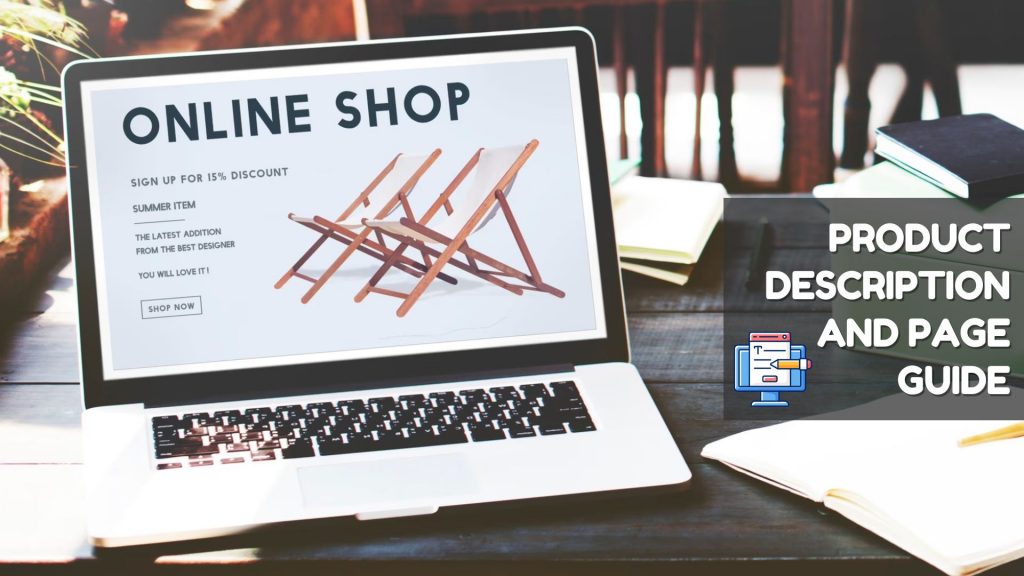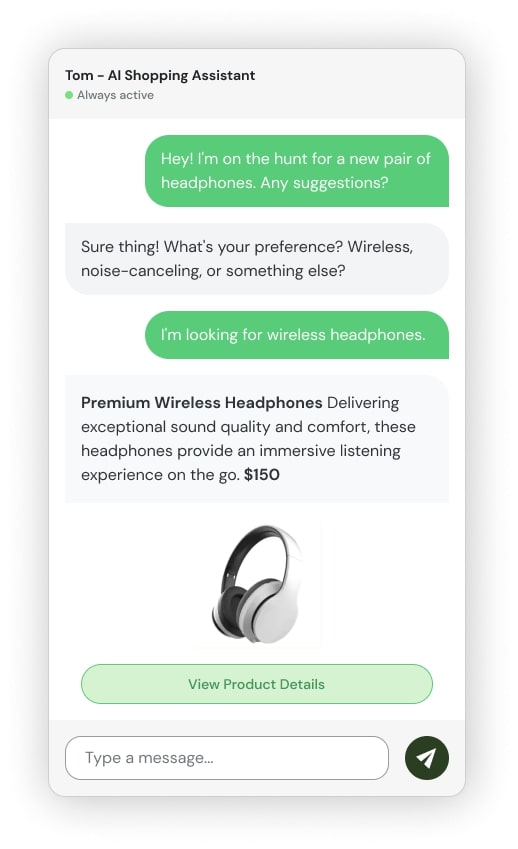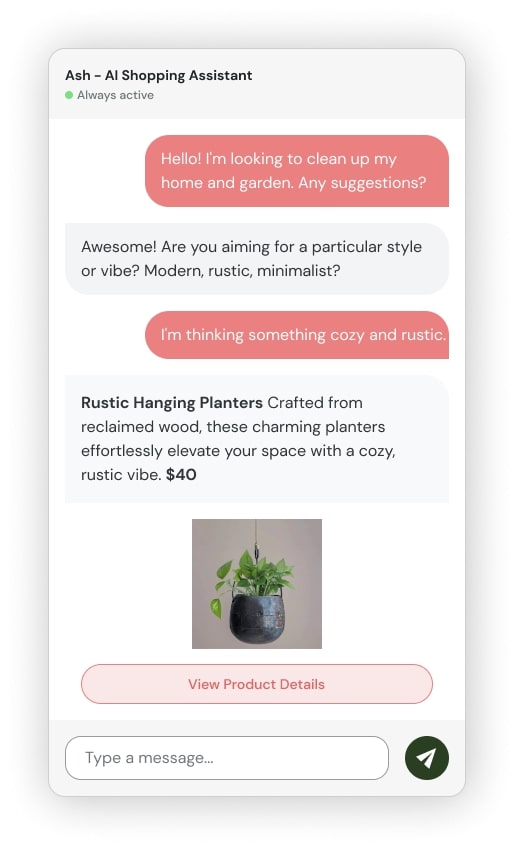Best Practices to Increase Shopify Sales
Glory-Anna Oshafi
So, you’ve finally set up shop on Shopify.
Why, then, are the orders not streaming in? Why do you only get customers who raise your hopes only to abandon their cart soon after?
Making loads of sales on your Shopify store goes beyond just building a brilliant website, although this greatly contributes to the success.
Many other factors determine how customers perceive your brand and if you can convince them to buy from you. Knowing that one of the leading causes of business failure usually stems from low sales, finding tactical ways to boost your sales on Shopify becomes crucial.
Sit tight; this article will equip you with all the strategies necessary to help you get more sales on Shopify.

Understanding Shopify’s Potential
Shopify, in itself, is designed to help small business owners thrive in their enterprises. But this doesn’t just fall on your laps. Leverage the opportunities available to you so that you can milk them relentlessly.
Exploring Shopify’s Built-in Features

Shopify’s built-in features help you manage your inventory, streamline order management, and meet your business goals all from one place. Here are a few of these tools:
- Shopify’s Central Admin: No matter how many sales channels or store locations you have, this central administrative panel provides a solution for handling your business, orders, and customers with ease.
- Shopify Dashboard: Excellently manage your orders from this simple-to-use e-commerce dashboard. Find all your order details in one place so you never miss a sale.
- Shopify’s Financial Solutions: Shopify provides a suite of financial products, including Shopify Balance, Capital, Credit, and Bill Pay, affording you the peace of mind to run your business finances.
- Shopify’s Payment Solutions: Shop Pay enables customers to checkout quickly via a one-click checkout, reducing cart abandonment rates. Shop Pay Installments also helps you offer flexible payment options, assisting customers in paying in installments for products they love.
- Shopify Email & Forms: Retarget customers through these tools, which help you capture customer information, market to them effectively, and make more sales. Easily set up email marketing automation, customer segmentation, and more.
- Shopify Themes: Find over 70 customizable themes on the Shopify platform, allowing you to create storefronts that emphasize your brand’s story and product collection.
- Shopify Dropshipping: Why worry about inventory management when you can use your Shopify storefront as a dropshipping platform? Just find a reliable supplier and let Shopify handle the rest.
- Shopify Insight & Analytics: Learn to better understand your customers’ needs and desires through marketing insights and data provided by Shopify’s analytics tools so you can sell more of what they want.
With the Shopify Plus plan and other product integrations, you can access many more Shopify products created to ease your sales journey.
The Role of Shopify in Omnichannel Retailing
As an entrepreneur, providing an omnichannel retail experience is essential if you hope to sell to your customers wherever they want to buy—online marketplaces, social media, mobile devices, and anywhere else they can browse your products.
Shopify’s role in all this is to help you connect with your potential customers on every channel they abound. Its features help you deliver more personalized shopping experiences to customers on these channels, increasing the potential for repeat purchases and fostering their loyalty to you.
Eventually, the result of this is increased sales through Shopify.
Building Your Store for Sales
A pretty-looking store is not all there is to making sales, but it is highly important. Here’s how to build a store that will attract more sales:
Designing an Engaging User Interface

Your Shopify store is one of the major ports of call for customers who want to shop from you, so your website interface must be easy to navigate. As you design, choose themes, fonts, colors, and other elements that help them find what they need easily.
Help shoppers filter through the noise and easily identify and purchase products or similar items they need using category pages, search functions, CTAs, and attractive headers that highlight your major offers.
For effectiveness, a one-click checkout process should also be created to increase the chances of purchase. Don’t make it mandatory for users to sign in before checkout; this is why 25% of users abandon their cart during checkout.
Considering that 66% of Shopify orders come from mobile devices, ensuring your store is optimized for mobile users isn’t just recommended; it’s essential to tap into the majority of the market effectively.
Product Listings that Convert
Optimize your product pages by first putting yourself in your customers’ shoes. When you visit an e-commerce site, you look for every indication that the product you want to buy is genuine enough to buy. Replicate this process for your product listings.

Maximize textual and visual descriptions (product videos and photos) to appeal to customers’ emotions, giving them a virtual feel of the products. Include specifications, reviews, and other relevant details that highlight the selling points of the products to convince them to make the purchase.

PRODUCT DESCRIPTION & PAGE GUIDE
Discover the secrets to writing a compelling product description for your e-commerce business. Read more now!
Leveraging Marketing Strategies
Your marketing strategies say a lot about your potential for making massive sales. Here are two essential ones not to miss.
Implementing SEO Best Practices
Search Engine Optimization is one of the greatest tools for website discoverability. With relevant keywords, you can direct customers away from the thousands of search results on search engines and towards your store.
Input relevant keywords in your product titles, page titles, metadata, and URL slugs to maximize Shopify’s SEO-friendly features.
You can also direct organic traffic and potential customers to your page through blog posts and original content on your website. Shopify Experts are there to help you with this if necessary.
Using Social Media Marketing Effectively

You cannot underestimate the power of social media in today’s world. Aside from running active social media accounts on platforms that your potential customers frequent, you can also create social media ads to reach a wider category of people looking for exactly what you sell.
Many times, I’ve stopped my scroll on social media to check out an ad that displayed a product I needed, and if the seller and the product seemed legit enough, I bought the product, too. Many more customers like me are looking to buy from you if only they could find you.
Platforms like Facebook, Instagram, and Pinterest provide ad management tools that help you reach your target audiences. You can even run ads based on different categories of customer demographics so none of your customer segments are left out.
Be sure to link to your product pages using the “Shop/Buy Now” CTA button to direct customers to where to shop.
Maximizing Conversion Rate Optimization (CRO)
No single route leads to improved conversions, so you can maximize different methods to find out what works best for your business.
You can optimize for conversion using the following proven strategies.
A/B Testing for Improved Conversions
Don’t waste time wondering if you could have made more sales if you used a different element on your web pages. With some external tools on Shopify, you can quickly conduct A/B tests and find out which element variation performs better.
For a better impact and trackable results, only make one change to elements on your pages so you can identify which works better. For instance, if you want to test two different versions of headlines, don’t modify a headline and a CTA button color on one of the versions.
Change only the headline on one of the copies and then run the test to identify which yielded more conversions. If necessary, do the same for other elements on the page.
Crafting Effective Call-to-Actions (CTAs)
CTAs are the final signals on your product page that help customers decide to purchase. The better crafted a CTA is, the higher the chances of conversion — if other elements of the page are in place. Some tips for crafting an effective CTA include:
- Use pleasant colors that do not blend in but contrast with your site’s scheme and design. For instance, a white CTA on a yellow-themed page can be a cringeworthy sight or almost invisible to users.
- One of two compelling, unique CTAs on your landing page will do the trick. Cluttering the page with multiple CTAs can overwhelm the buyer and lead to website drop-off.

- Test the First Person POV when drafting your CTA. The study above revealed that using “My” instead of “Your” in CTA copy decreased conversion by 24.91%.
- Increasing the size of your CTA can reduce the time it takes users to reach it and also make it hard to miss. A case study revealed that an increase in the CTA size on a website led to a 32.5% increase in conversion rates.
Enhancing Customer Engagement
Improving the way customers engage with your page can dramatically affect the number of sales you make. Here are some helpful strategies:
The Impact of Juphy’s AI-powered chatbot
Chatbots, in general, help to improve the overall shopping experience of the customer because they seamlessly provide support 24/7, eliminating the challenge of unavailable human agents at certain hours of the day. But Juphy’s AI-powered chatbot provides more than just support.
It enhances the customers’ experience by providing tailored product recommendations and personalized offers based on each customer’s shopping patterns throughout the buying process. If a customer revisits your site, Juphy’s chatbot helps you retarget them with products they’re interested in based on previous visits.
Integrating a chatbot like Juphy’s into your Shopify store will increase your sales potential.
Implementing a Loyalty Program
Loyalty programs are great ways to turn your customers into your brand ambassadors and improve your retention rate. By rewarding them for shopping with you, you incentivize them to become return customers and encourage them to refer your business to friends and family.

In implementing your loyalty program, ensure it features incentives like:
- Discount and promo codes
- Exclusive giveaways for loyal customers
- First dibs when you run sales campaigns
- Special offers on your new products
Showcasing User-Generated Content (UGC) on your social media and Shopify Store can also compel more customers to buy from you. Nobody wants to be left out of the good stuff, and it’s also a way to build your social proof. Integrate any of the loyalty program apps from the Shopify app store to automate a loyalty program for your customers seamlessly.
Analyzing and Adapting
Frequently reviewing your processes will help you identify areas that need to be improved. Here are two ways to get this done.
Monitoring Shopify Analytics

Shopify has built-in analytical features that can help you determine how your site is performing. With these robust features, you can quickly track metrics such as visitor behavior, sales performance, customer acquisition and retention rates, and more.
Based on the insights from these reports, you can swiftly discover areas in your business that are performing below standard and immediately adjust for better results. Conversely, you can find aspects of your business that are performing excellently and continue to implement them for sustained success.
Learning from Customer Feedback
Your customers always have something to say, but are you listening?
Whether positive or negative, listen to and learn from what your customers say. Customer feedback provides clues to areas where you can improve. It also helps you build a stronger relationship with your customers, which eventually helps increase revenue.
Here are some steps to help with this:
- Gather feedback
- Analyze feedback
- Identify areas of improvement
- Make necessary changes
- Monitor progress
How Juphy Helps to Boost Sales on Shopify
Ever felt like there were just not enough hours in the day to manage all your customer chats and queries? Well, Juphy’s here to throw you a lifeline.

Why Juphy’s ChatGPT-Powered AI Chatbot is a Sales Booster
Imagine having a sales master in your Shopify store that’s not just smart but also understands your customers like a friend. That’s Juphy’s ChatGPT-powered AI chatbot for you. And with its ‘Built for Shopify’ badge, you can easily access it directly from the Shopify dashboard! It’s not about just answering questions; it’s about understanding what your customers are really looking for – sometimes even before they do.
This chatbot goes beyond the basics. Powered by the cutting-edge intelligence of ChatGPT, it can analyze queries to provide personalized recommendations, guiding shoppers to their next favorite purchase. And when customers feel understood, they’re more likely to hit that ‘buy’ button. The result? A checkout experience that feels like a celebration.
Conversations that Convert Messy inboxes from different social platforms and Shopify can be a real headache, right? With Juphy, you pull all those chats into one place. – your Shopify dashboard. It means you’re always ready to respond quickly, keep the conversation flowing, and nudge those undecided visitors toward making a purchase, whether they’re chatting via Instagram DMs or browsing your Shopify store.


Turn Casual Browsers into Loyal Buyers Have you noticed potential customers interested in your products but not completing their purchases? Juphy simplifies engagement, transforming casual browsers into loyal buyers. Acting as a 24/7 sales representative, it ensures visitors feel welcomed with every interaction. Juphy offers assistance, suggests complementary products, greets returning customers, and reminds them of previously viewed items, all to enhance their shopping experience.

Ready to Boost Those Numbers? Juphy isn’t just about making your day-to-day easier. It’s about actively lifting your sales by making every customer interaction count. From personalized recommendations to seamless pre- and post-purchase support about shipping, returns, or product care, Juphy’s got the tools to transform browsers into buyers.
Wrapping Up
Making sales on Shopify requires that you put in the hard work that brings in the results. In addition to creating an appealing Shopify website, there are other measures you must put in place, such as implementing SEO practices, running social media ads, crafting effective CTAs, and running performance analyses to find areas for improvement.
Another way you can up your sales game is by leveraging tools from Juphy that enhance both your and your customers’ Shopify experience. Increase your brand’s personalization practices, retarget customers better, and improve your communication all through Juphy’s Shopify tools.
Don’t miss this free trial from Juphy that can help you improve your sales starting now!

